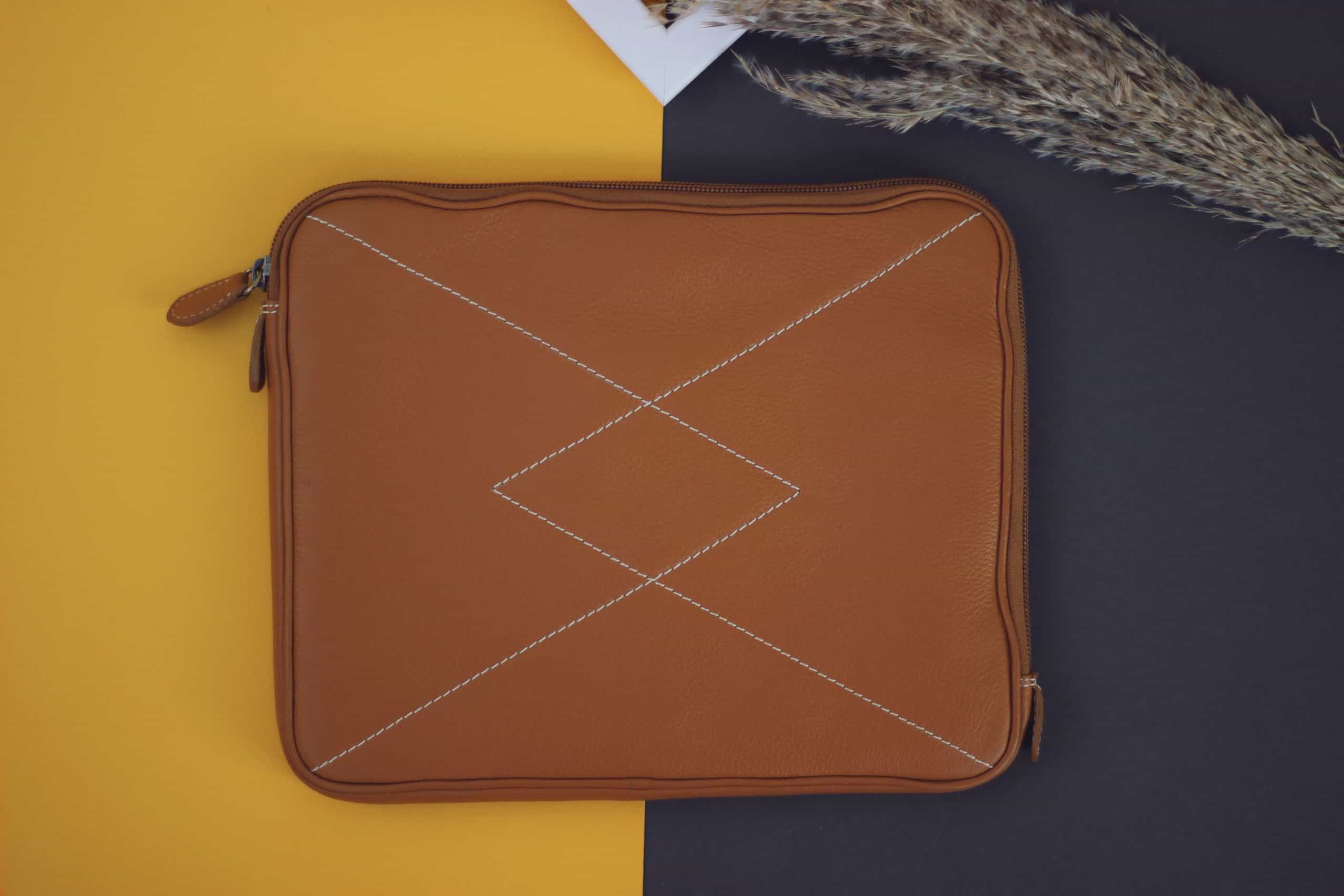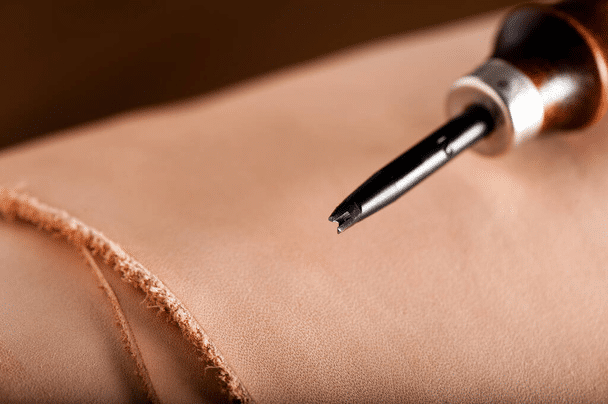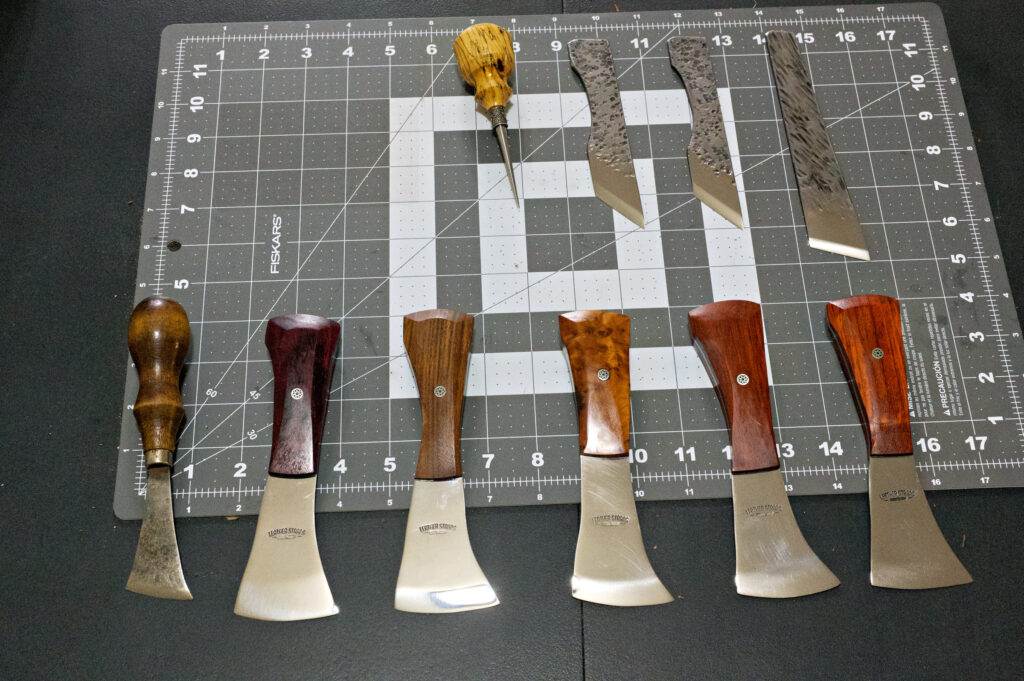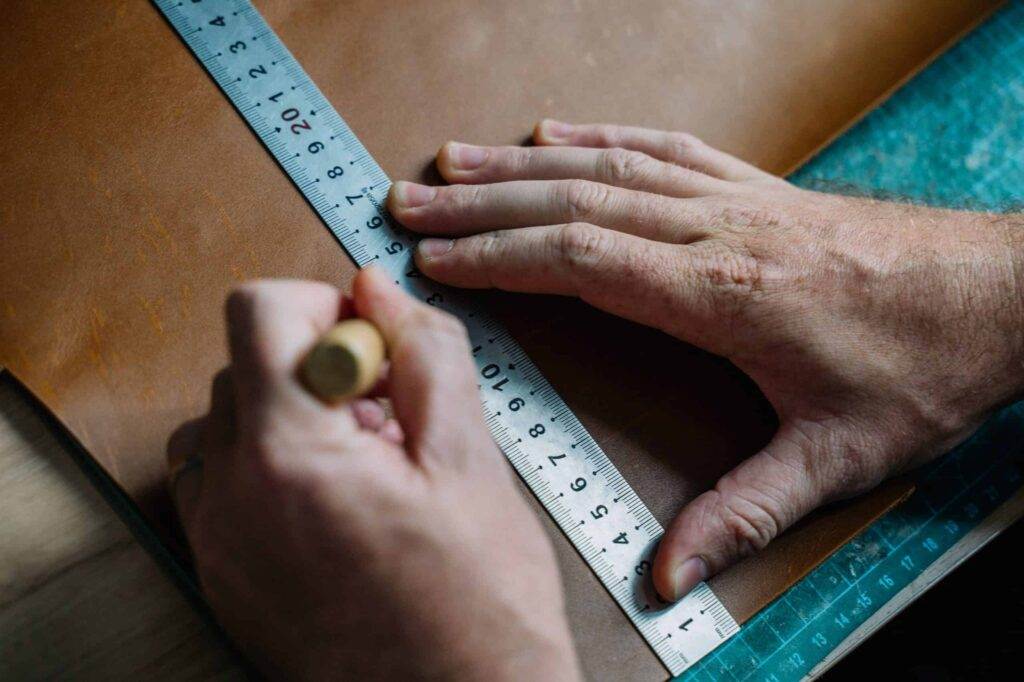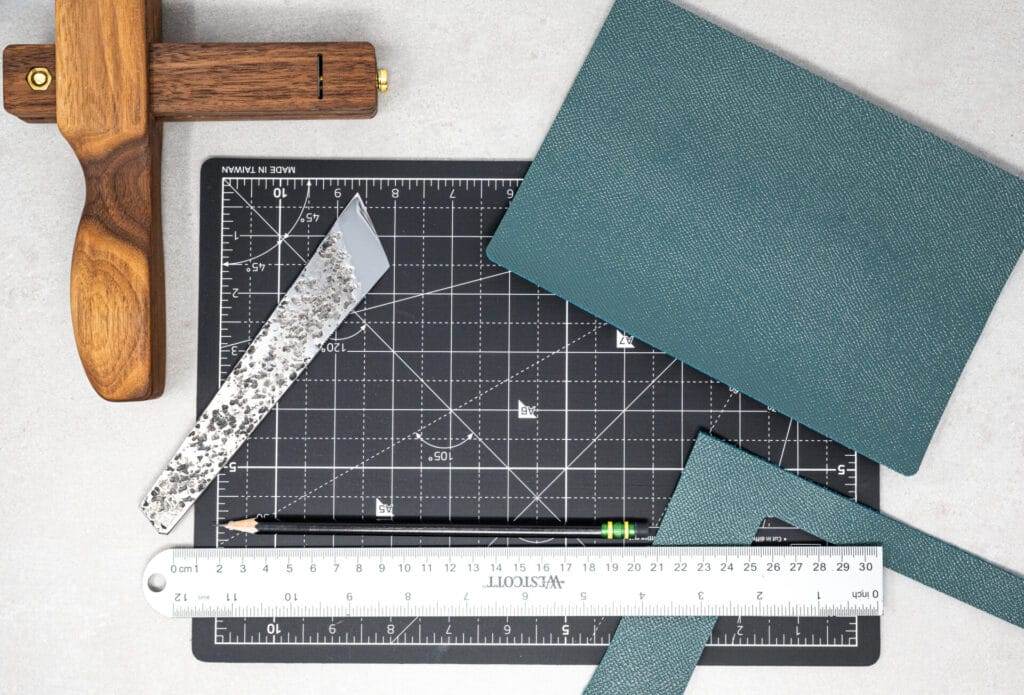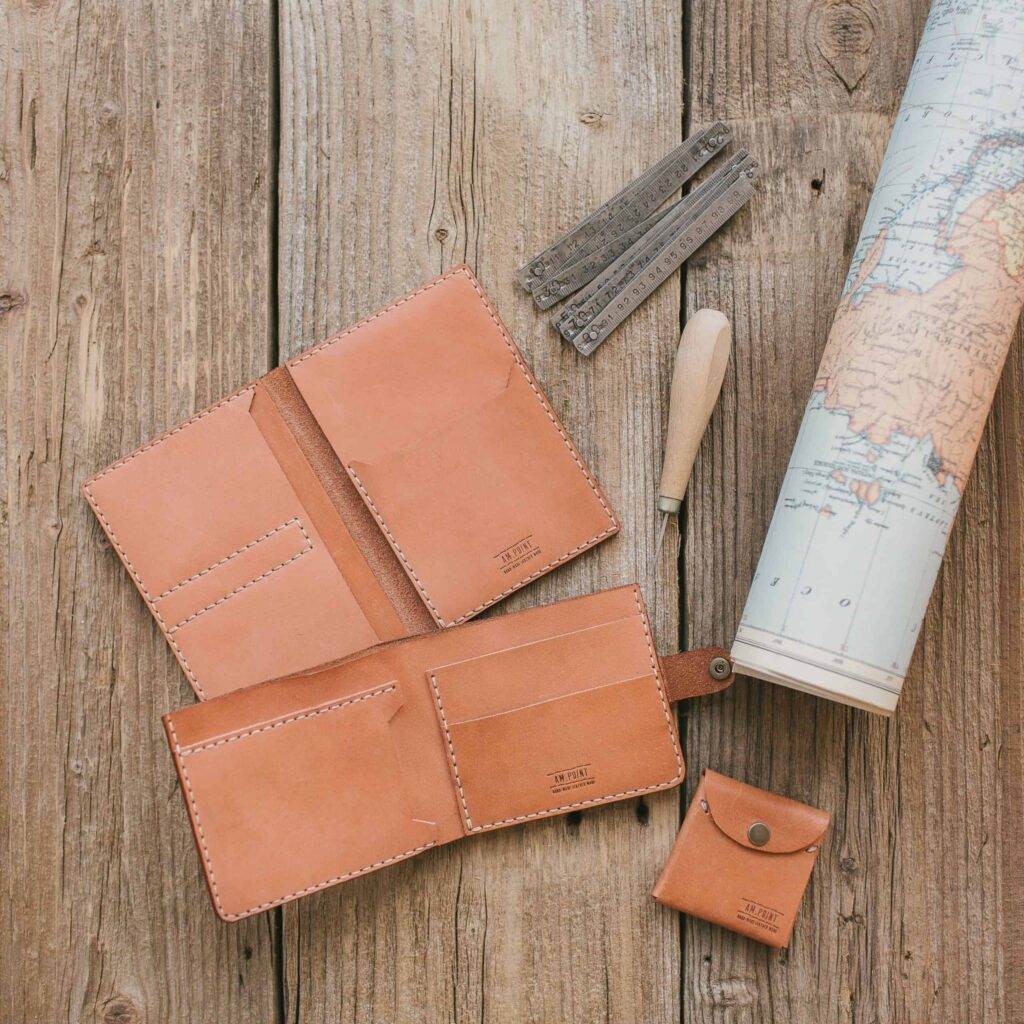Choosing Leather Thickness for Different Leathercraft Uses
Leather thickness is a crucial factor that influences the durability, appearance, and functionality of leather products. Measured in ounces or millimeters, the thickness of leather can vary significantly depending on its intended use. Generally, one ounce of leather is approximately 1/64 of an inch thick, while millimeters provide a more precise measurement.
Understanding these measurements is essential for anyone involved in leather crafting, as the thickness can affect everything from cutting and stitching to the final aesthetic of the product. Different types of leather also exhibit varying thicknesses. For instance, full-grain leather tends to be thicker and more robust than corrected-grain leather, which is often sanded down to remove imperfections.
The choice of leather thickness can also impact the leather’s ability to hold its shape, resist wear, and maintain its appearance over time. Therefore, a comprehensive understanding of leather thickness is vital for selecting the right material for any project, ensuring that the final product meets both functional and aesthetic requirements.
Key Takeaways
- Understanding Leather Thickness:
- Leather thickness is measured in ounces or millimeters and refers to the thickness of the hide or skin.
- Thicker leather is more durable and suitable for heavy-duty items, while thinner leather is more flexible and suitable for lighter items.
- Leather Thickness for Garments and Accessories:
- For garments and accessories like jackets and gloves, a medium thickness of 2-3 ounces or 0.8-1.2 millimeters is ideal for flexibility and comfort.
- Leather Thickness for Handbags and Totes:
- Handbags and totes require thicker leather, around 4-6 ounces or 1.6-2.4 millimeters, to provide structure and durability to hold their shape and withstand daily use.
- Leather Thickness for Belts and Straps:
- Belts and straps need thick and sturdy leather, typically 8-10 ounces or 3.2-4 millimeters, to support the weight of the item they are holding and resist stretching.
- Leather Thickness for Wallets and Small Leather Goods:
- Wallets and small leather goods can use thinner leather, around 1-2 ounces or 0.4-0.8 millimeters, for a sleek and compact design that is still durable enough for daily use.
- Leather Thickness for Footwear:
- Footwear like boots and shoes require a range of leather thickness depending on the style and purpose, with 2-4 ounces or 0.8-1.6 millimeters for dress shoes and 4-6 ounces or 1.6-2.4 millimeters for work boots.
- Leather Thickness for Upholstery and Home Decor:
- Upholstery and home decor items like furniture and cushions need thicker leather, around 3-5 ounces or 1.2-2 millimeters, for durability and to withstand wear and tear.
- Choosing the Right Leather Thickness for Your Project:
- Consider the function, style, and durability requirements of your project when choosing the appropriate leather thickness to ensure the best results.
Leather Thickness for Garments and Accessories
When it comes to garments and accessories, the thickness of leather plays a significant role in comfort and style. Typically, leather used for clothing ranges from 0.6 to 1.2 millimeters in thickness. This range allows for flexibility and ease of movement while still providing enough durability to withstand daily wear.
Thinner leather can be used for items like jackets and skirts, where a softer drape is desired, while slightly thicker leather may be chosen for structured pieces like blazers or vests. Accessories such as gloves, hats, and small bags also benefit from specific leather thicknesses. For instance, gloves often require thinner leather to ensure dexterity and comfort, usually around 0.5 to 0.8 millimeters.
On the other hand, leather belts or straps that accompany garments may be made from thicker leather to provide strength and support. The choice of thickness not only affects the functionality of these items but also contributes to their overall aesthetic appeal, allowing designers to create unique looks that cater to various fashion trends.
Leather Thickness for Handbags and Totes
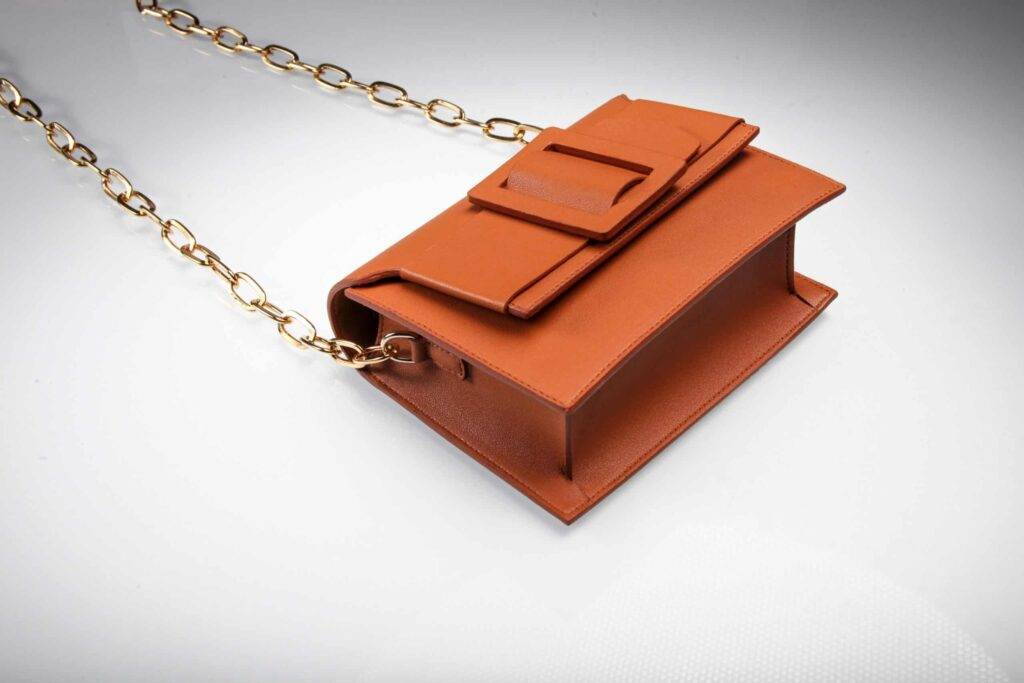
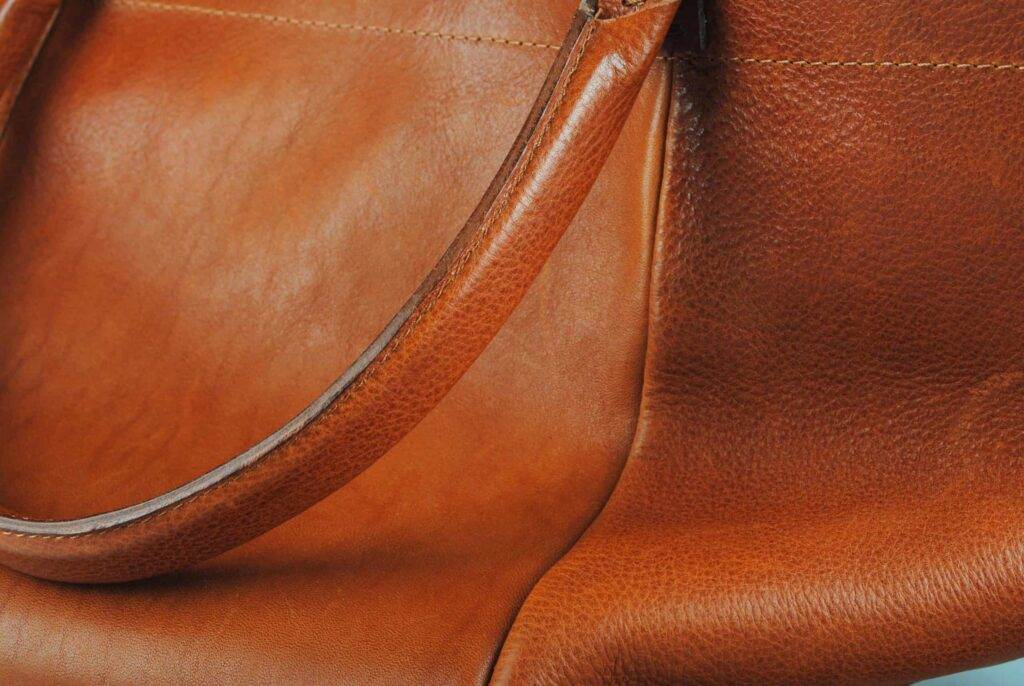
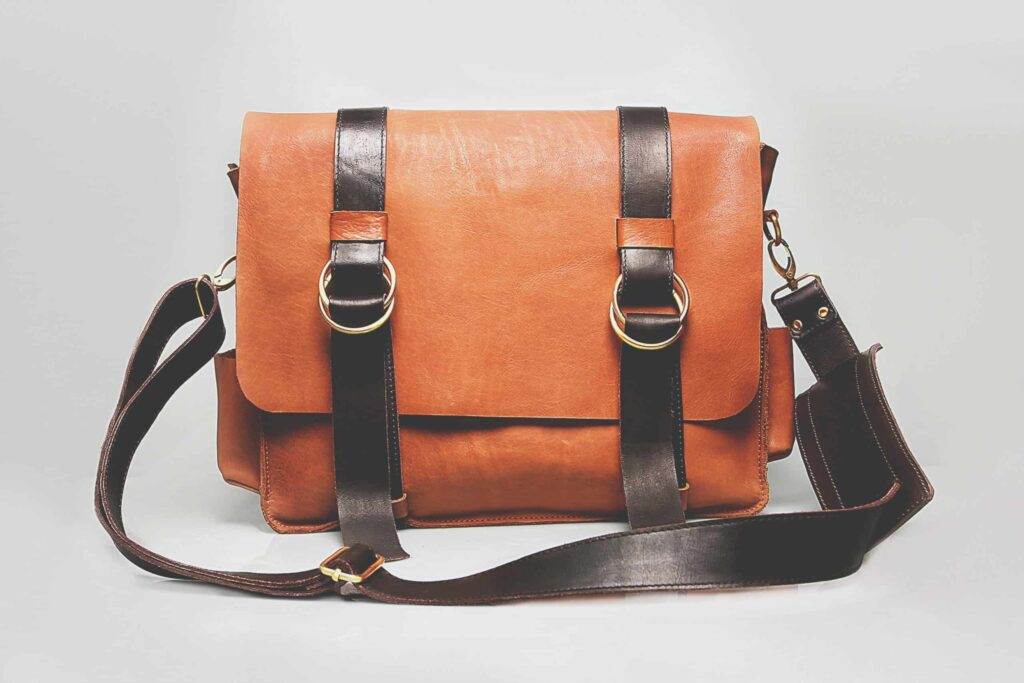
Handbags and totes are another category where leather thickness is paramount. The ideal thickness for these items typically ranges from 1.0 to 2.0 millimeters. This range strikes a balance between durability and weight, ensuring that the bag can withstand daily use without becoming cumbersome.
Thicker leather provides a more structured appearance, which is often desirable in tote bags that need to maintain their shape when filled with items. Moreover, the choice of leather thickness can influence the bag’s overall design and functionality. For example, a handbag made from thicker leather may feature fewer seams and simpler construction methods, resulting in a more streamlined look.
Conversely, thinner leather allows for intricate designs and detailed stitching but may require additional reinforcement at stress points to ensure longevity. Ultimately, selecting the right thickness is essential for creating a handbag or tote that not only looks good but also performs well over time.
Leather Thickness for Belts and Straps
Belts and straps are functional accessories that require careful consideration of leather thickness to ensure they serve their purpose effectively. Typically, belts are made from leather that ranges from 1.5 to 3.0 millimeters in thickness. This range provides the necessary strength to support the weight of clothing while also allowing for flexibility and comfort when worn.
Thicker belts are often used for heavy-duty applications, such as work belts or utility belts, while thinner options may be chosen for fashion belts that prioritize style over function. Straps used in various applications, such as watch bands or bag handles, also benefit from specific thicknesses. A watch strap might be made from leather that is around 1.0 to 1.5 millimeters thick, providing a comfortable fit without adding excessive bulk.
In contrast, bag straps may require thicker leather to ensure they can bear the weight of the bag’s contents without stretching or breaking. The right thickness not only enhances the durability of these items but also contributes to their overall aesthetic appeal.
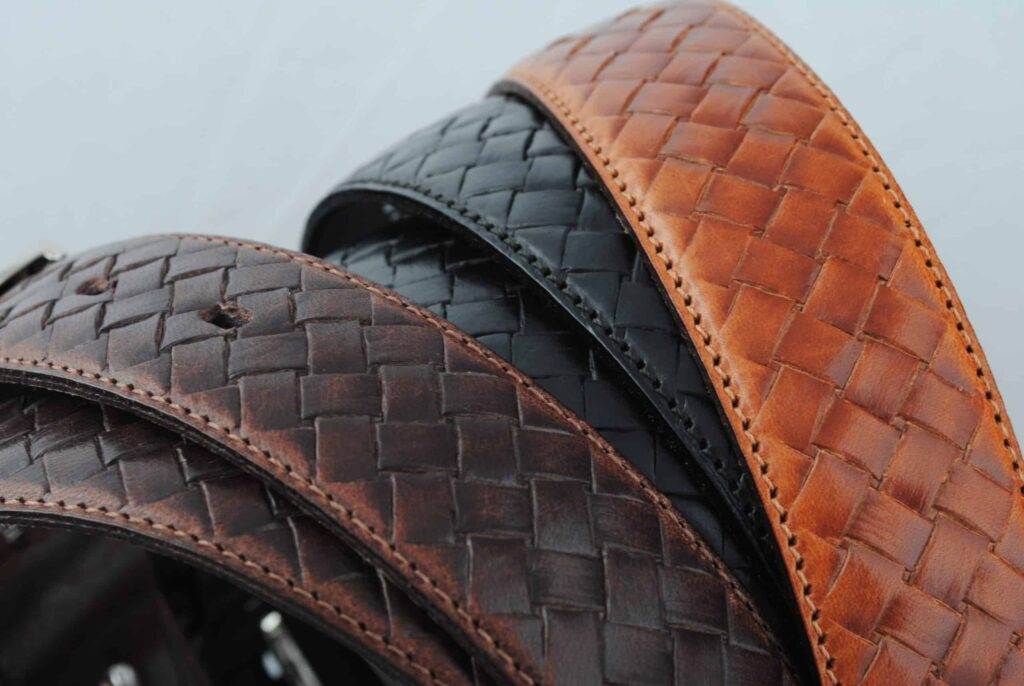
Leather Thickness for Wallets and Small Leather Goods
Wallets and small leather goods are often crafted from thinner leather, typically ranging from 0.8 to 1.5 millimeters in thickness. This allows for a sleek design that fits comfortably in pockets or bags without adding unnecessary bulk. Thinner leather also enables intricate designs and detailed craftsmanship, which are essential for creating visually appealing products like cardholders, coin purses, and passport holders.
However, while thinner leather is often preferred for its lightweight properties, it is essential to consider durability as well. Wallets experience frequent handling and must withstand wear over time. Therefore, selecting high-quality leather with appropriate thickness is crucial to ensure longevity without compromising on style.
The right balance between thickness and quality will result in small leather goods that not only look elegant but also stand the test of time.
Leather Thickness for Footwear
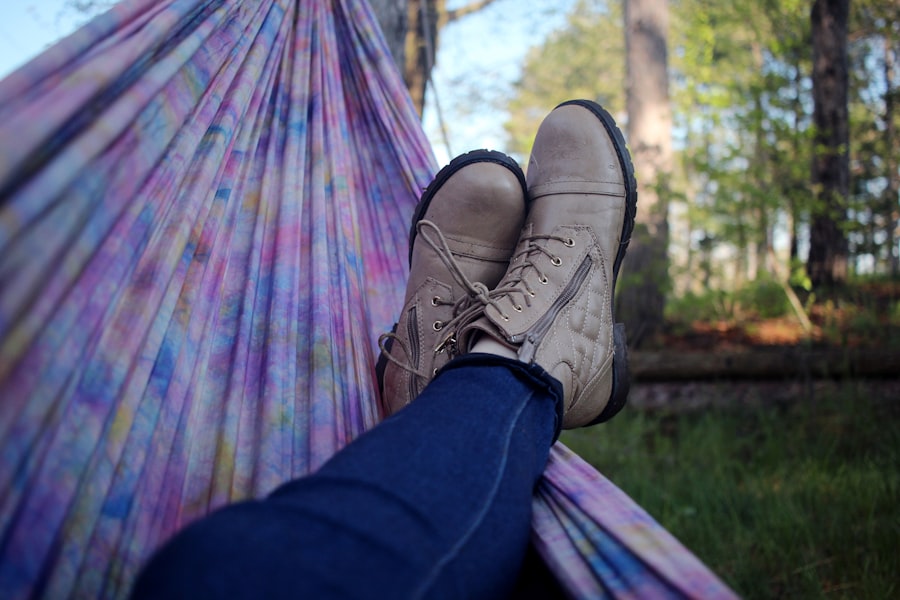
Footwear is another area where leather thickness plays a vital role in both comfort and durability. The ideal thickness for shoe uppers typically ranges from 1.2 to 2.0 millimeters, depending on the type of shoe being crafted. For instance, casual shoes may utilize slightly thinner leather for a more flexible fit, while boots often require thicker leather to provide support and protection against the elements.
In addition to the upper material, the thickness of the sole is equally important in footwear design. Thicker soles can offer better cushioning and support but may add weight to the shoe. Conversely, thinner soles can create a more lightweight feel but may sacrifice some durability and comfort over long periods of wear.
Therefore, understanding the appropriate thickness for both uppers and soles is essential for creating footwear that meets both functional needs and style preferences.
Leather Thickness for Upholstery and Home Decor
When it comes to upholstery and home decor, leather thickness can significantly impact both aesthetics and functionality. Upholstery leather typically ranges from 1.2 to 2.5 millimeters in thickness, providing the necessary durability to withstand daily use while maintaining an elegant appearance. Thicker leathers are often chosen for furniture pieces that experience heavy wear, such as sofas or chairs, as they offer greater resistance to scratches and scuffs.
In addition to furniture upholstery, leather can also be used in various home decor items such as cushions, wall hangings, or decorative accents. The choice of thickness will depend on the intended use; for example, decorative items may utilize thinner leather for a softer look and feel, while functional pieces like ottomans may require thicker materials for added durability. Ultimately, selecting the right leather thickness is essential for achieving a cohesive design that enhances the overall aesthetic of any space.

Choosing the Right Leather Thickness for Your Project
Selecting the appropriate leather thickness for any project involves careful consideration of several factors including functionality, aesthetics, and intended use. It is essential to assess what the final product will be used for; this will guide you in determining whether you need thicker or thinner leather. For instance, if you are crafting a durable handbag meant for everyday use, opting for thicker leather will provide longevity and structure.
Additionally, it’s important to consider how the chosen thickness will affect your crafting techniques. Thicker leathers may require specialized tools or techniques for cutting and stitching due to their rigidity, while thinner leathers might allow for more intricate designs but could necessitate additional reinforcement at stress points. Ultimately, understanding your project’s requirements will help you make an informed decision about which leather thickness will yield the best results.
In conclusion, understanding leather thickness is fundamental across various applications—from garments and accessories to upholstery and footwear. Each category has its own ideal range of thicknesses that cater to specific needs regarding durability, comfort, and style. By carefully considering these factors when selecting materials for your projects at LeatherStraps.org or elsewhere, you can ensure that your final products not only meet functional requirements but also achieve the desired aesthetic appeal.
FAQs
What factors should be considered when choosing leather thickness for different leathercraft uses?
When choosing leather thickness for different leathercraft uses, factors to consider include the intended use of the leather item, the desired level of durability, the type of leather being used, and the specific project requirements.
What are the common thicknesses of leather used for different leathercraft projects?
Common thicknesses of leather used for different leathercraft projects range from 1 oz (0.4 mm) for lightweight projects such as wallets and small accessories, to 8-9 oz (3.2-3.6 mm) for heavier duty items like belts and bags.
What is the best leather thickness for making wallets and small accessories?
For making wallets and small accessories, a leather thickness of 2-3 oz (0.8-1.2 mm) is commonly used. This thickness provides the right balance of flexibility and durability for these types of items.
What leather thickness is suitable for making belts?
For making belts, a leather thickness of 8-9 oz (3.2-3.6 mm) is commonly used. This thickness provides the necessary sturdiness and durability to withstand the wear and tear that belts are subjected to.
What leather thickness is recommended for making bags and purses?
For making bags and purses, a leather thickness of 4-6 oz (1.6-2.4 mm) is commonly used. This thickness provides the right balance of durability and flexibility for creating sturdy yet functional bags and purses.

